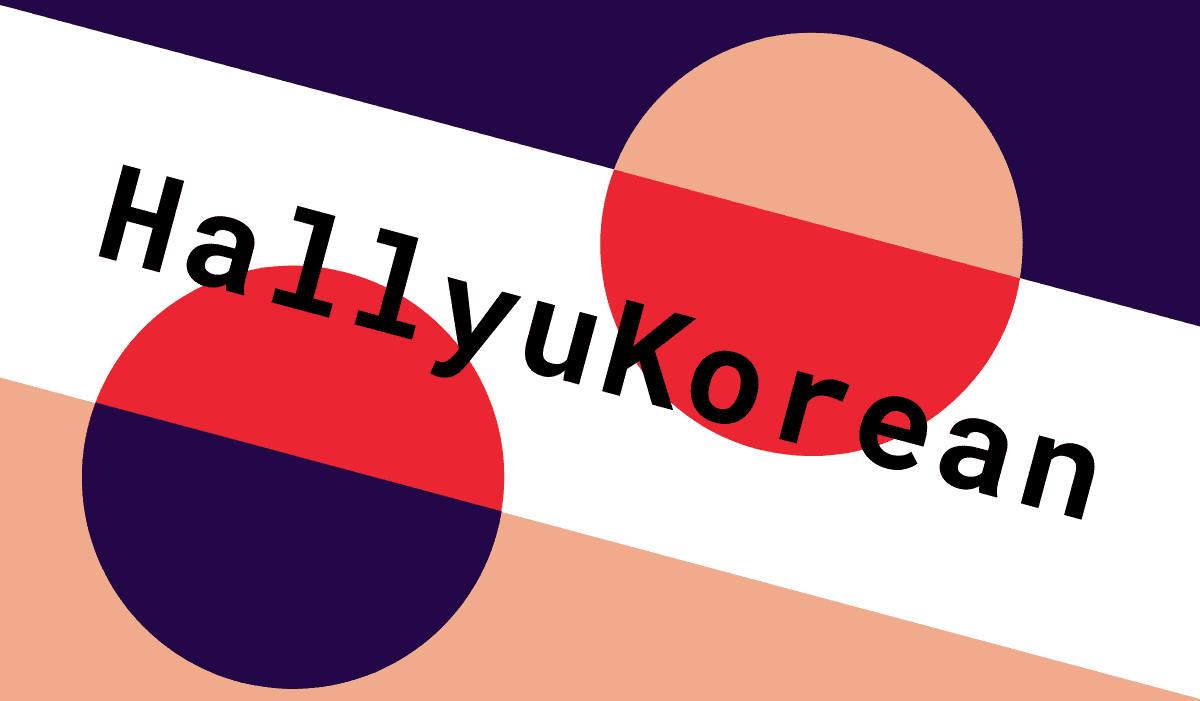In your journey to learn Korean, mastering essential words and phrases is a crucial step.
These posts will introduce you to 1000 Korean words for everyday use, which are basic vocabulary from K-dramas.
Since all the words in these posts have been selected by analyzing the word frequency of more than 1,000 episodes of Korean dramas, they are also quite common in everyday Korean conversation.
Today, let’s explore the meaning and context of 5 key Korean words “나, 너, 하다, 무엇, 있다” with sample sentences.
Click the play button below to listen to all the words and sample sentences in this post.
Basic Korean words : 나, 너, 하다, 무엇, 있다
1. 나 [na] – I, me
– 나 [na] means “I” or “me”. It’s used to refer to yourself in conversation.
– 저 [jeo] is a formal or polite way of saying “I” or “me”. It’s used in respectful situations.
Example sentences:
너 나 좋아하지? You like me, don’t you?
그럼 저랑 같이 해요. Then let’s do it together.
2. 너 [neo] – you
– 너 [neo] is an informal way of saying “you”. It’s used when speaking to someone of a similar age or status.
– 너희 [neo-hee] means “you all” or “you guys”.
Example sentences:
너 누구야? Who are you?
너희도 와. You all come too.
3. 하다 [ha-da] – to do
– 하다 [ha-da] means “to do”. It is a versatile verb used to express action.
Example sentence:
함께 하면 좋아요. It’s good if we do it together.
4. 무엇 [mu-eot] – what
– 무엇 [mu-eot] means “what”. It’s used to ask about objects, actions or ideas.
– 무슨 [mu-seun] is used to ask “what” or “what kind of”. It is used when someone is asked to choose and answer from a range of options.
– 뭐 [mwo] is an informal way of saying “what”.
– 무슨 is an adjective, so it is always used with a noun, but 뭐 is always used alone.
Example sentences:
무엇을 도와드릴까요? How can I help you?
그게 무슨 뜻이예요? What does it mean?
뭐라고요? 제가 잘 못 들은 것 같아요. What did you say? I don’t think I heard you right.
5. 있다 [it-tta] – to exist, to have
– 있다 [it-tta] means “to exist” or “to have”. It’s used to indicate possession or presence.
– 계시다 [gye-si-da] is a polite form of “있다” used when speaking with respect to others.
Example sentences:
뭐 급한 일 있어요? Is there anything urgent?
선생님께서 계십니다. The teacher is here.
Grammar & Study Resources
– Word order: Korean typically follows a subject-object-verb (SOV) word order.
– Particles: Particles such as “을/를”, “이/가”, “에” and “에서” indicate grammatical roles.
– Verb conjugation: Verbs change according to politeness and tense. For example, “하다” becomes “해요” in polite speech.
– Tense markers: Add “었/았” for past tense, “을 거예요” for future tense, and “고 있어요” for present continuous tense.
– Levels of politeness: Use different levels of politeness (“해요체”, “합니다체”, “해체”) depending on the formality of the situation.
– Forming a question: Adding “냐”, “느냐” or “니” to the end of a sentence to form yes/no questions.
Learning these grammar basics will help you structure sentences and communicate more effectively. Practice combining the words and phrases provided earlier with these grammar principles to create meaningful conversations in Korean. Stay tuned for more essential words, phrases and grammar tips to help you on your Korean language learning journey!


Very great post. I just stumbled upon your weblog and wished to mention that I have really enjoyed surfing around your
blog posts. After all I’ll be subscribing for your feed and I am
hoping you write once more very soon!
I do not know if it’s just me or if perhaps everyone else experiencing problems with your website.
It seems like some of the written text in your content are running off the screen. Can somebody else please comment and let me know if this is happening to them too?
This may be a issue with my web browser because I’ve had this happen before.
Thanks